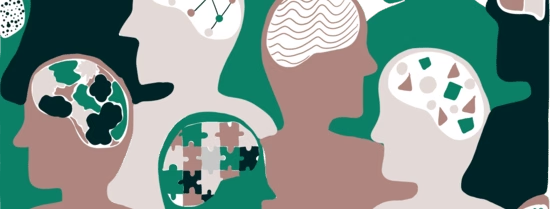TeachEUR
Support
Neurodivergence in higher education
As the number of neurodivergent students grow in academia, it is important that the teaching staff can recognize not only faced by these students, but also that they have their own set of strengths.
Challenges
Students may present difficulties with long lectures, deadlines, and overwhelming environments.
Students may develop feelings of inadequacy and problems to concentrate.
Students may struggle with the requirements related to written literacy.
Strengths
ADHD: Novelty and rapid adaptation.
Autism: Pattern recognition and hyper-attention.
Dyslexia: Pattern recognition and narrative reasoning.
The strengths may be perceived across other forms of neurodivergence.
How you can help with the challenges
Attention dysregulation: Give flexibility, share responsibilities, provide written instructions, and send reminders.
Sensory issues: Take care with sound and lights, allow the use of self-accommodating tools such as fidgeting toys, headphones, etc.
Emotional overload: Use a straightforward communication style, and provide tailored feedback.
Literacy issues: Provide verbal instructions, send reminders, adapt visual resources, provide text-to-speech software, allow the use of spelling checker, and provide recorded content when possible.
Accommodations: Students may require specific accommodations, the best way to understand those is to keep the communication open with your students. Accommodations are very individualized and provided on a case-by-case basis.
Meltdown and Shutdown: If one of your students experiences a meltdown or shutdown in the classroom, redirect the student to a calm place where they can regulate. Do not ask questions, do not respond with physical touch unless previously discussed with the student. The idea is to reduce external stimulation as much as possible and offer a safe place.
How you can emphasize the strengths
Hyperfocus: Allow students to combine their own interests with the course content as much as possible.
Pattern recognition: Provide activities that integrate visuals, such as mind-mapping. Incorporate visuals and charts in your course content as much as possible.
Narrative reasoning: Incorporate storytelling in your explanations and allow students to provide their explanations following this model. You may provide real world cases, for example.

